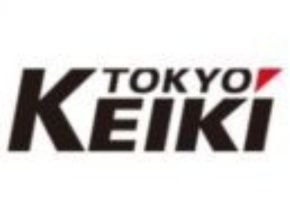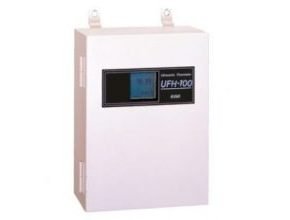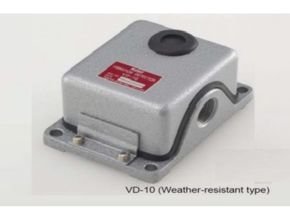Description TOKYO KEIKI INC established in 1896 as Japan’s first manufacturer of measuring instruments. its start as a producer of pressure gauges. For 125 years, we have embraced the themes of world-class technology, quality that responds to the expectations of our customers and creation of new value in the development and manufacture of numerous new […]
Open Channel Ultrasonic Flowmeters UFH-100 flow meters measures free surface flow of such fluids as… Typical Applications Supply water Agrigultural water River water Waste water process water industrial effuents The TOKYO KEIKI UFH-100 ultrasonic flow meters system for open channels employs the latest in ultrasonic and microwave technology. Utilizing our wealth of know-how and technical […]
Docking Support System DL-3000 Specification Item Description Measuring item Distance between Bow to Berth and Stern to Berth Measuring method Lase Pulse Echo Measuring range Distance : -1 ~ 199m Speed : 0~+/-99 cm/sec (+: Docking / -: Ripping) Angle coverage : less than +/-15 deg. Measuring accuracy Distance : less than +/- 1m Speed […]
Vibration Detector Specification Type Standard Model VD-10 Range Setting range 0 ~ 44.1m/s2 (0 ~ 4.5G) Recommended range 4.9 ~ 44.1m/s2 (0.5 ~ 4.5G) Resolution 0.98m/s2 (0.1G) Frequency range 0 ~ 300Hz Accuracy +/- 2.21m/s2 Output Form Relay output Contact form S.P.D.T. Capacity 125/250V AC (3A) 48V DC (1A) 125V DC (0.5A) 250V DC (0.25A) […]
Features The Tokyo Keiki Flat Radar Level Sensor MRF-10 is a loop-powered radar level gauge, which can be installed easily in a variety of applications. The MRF-10 employs a non-contact radar level gauging principle based on pulsed microwave signals and is suitable for level measurement in applications such as liquids, pastes and slurries. Tokyo Keiki […]
Microwave level gauge The radar pulse is virtually unaffected by the contents and atmosphere of the tank, temperature or pressure. Thus radar measurement is proven to be the most reliable gauging method in most applications. Furthermore, maintenance requirements are practically zero because no part of the gauge is in physical contact with the liquid. These […]






